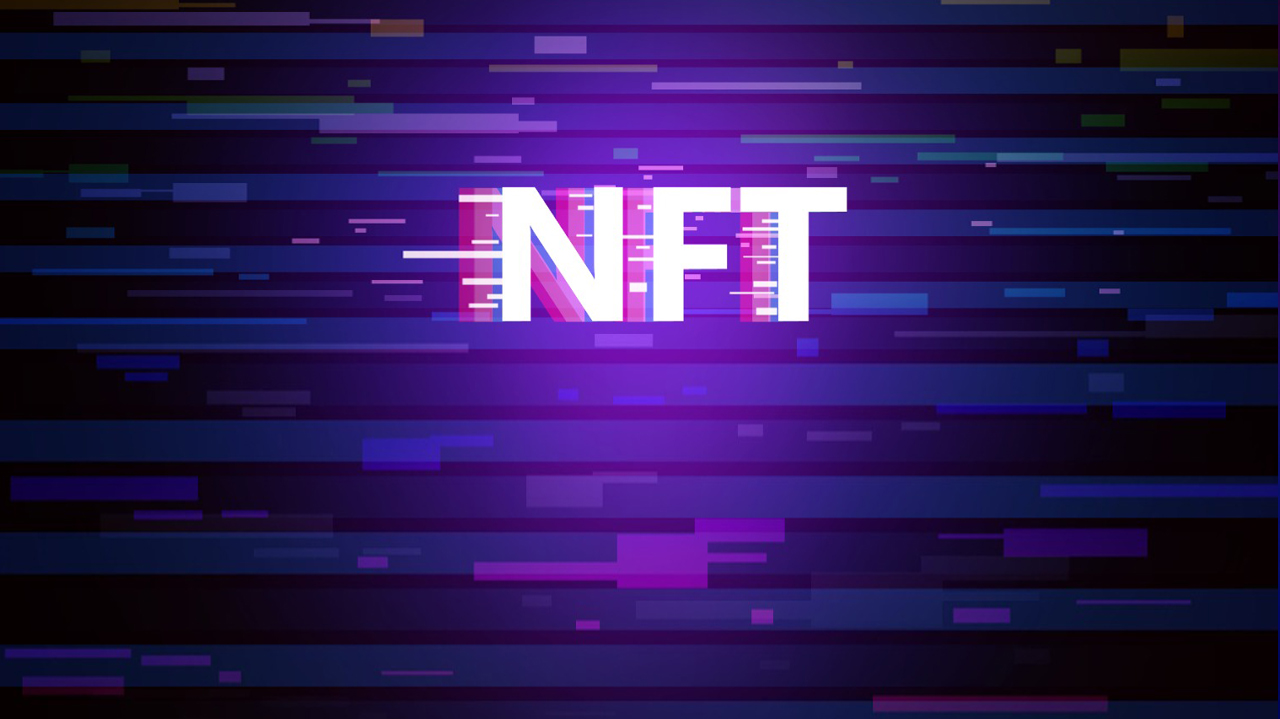NFT stands for "non-fungible token." It is a digital asset that represents ownership of a unique item or asset. NFTs are bought and sold on online marketplaces using blockchain technology, which allows them to be easily transferred and verified as authentic.
NFTs have a wide range of real-world applications. Some examples include:
- Digital art and collectibles: NFTs have been used to represent ownership of digital artwork, such as digital paintings and sculptures. They have also been used to represent ownership of rare or unique virtual items, such as in-game items in online games.
- Real estate: NFTs have been used to represent ownership of physical real estate properties, such as buildings or land.
-
Fashion: NFTs have been used to represent ownership of unique fashion items, such as limited edition clothing or accessories.
-
Music: NFTs have been used to represent ownership of rare or unique music recordings, such as live concert recordings or demo tracks.
-
Sports: NFTs have been used to represent ownership of rare or unique sports items, such as limited edition sports memorabilia or virtual trading cards.
Overall, the use of NFTs is still in the early stages and it is likely that they will be used in a variety of new and innovative ways in the future.
Adoption of NFTs will continue to grow and evolve over the next few years. Some potential developments for NFTs in 2023 could include:
-
Increased mainstream adoption: As more people become aware of NFTs and their potential uses, it is possible that they will become more widely accepted and adopted by the general public.
-
Development of new marketplaces and platforms: It is likely that new platforms and marketplaces for buying and selling NFTs will emerge, which could make it easier for people to discover and purchase NFTs.
-
Expansion into new industries: NFTs have already been used in a variety of industries, such as art, collectibles, and gaming. In the future, it is possible that NFTs will be used in even more industries, such as real estate, fashion, and even voting systems.
-
Integration with existing technologies: It is possible that NFTs will be integrated with existing technologies, such as virtual and augmented reality, in new and innovative ways.
Overall, the future of NFTs is likely to be driven by the increasing adoption of blockchain technology and the growing recognition of the unique value that NFTs can offer.
